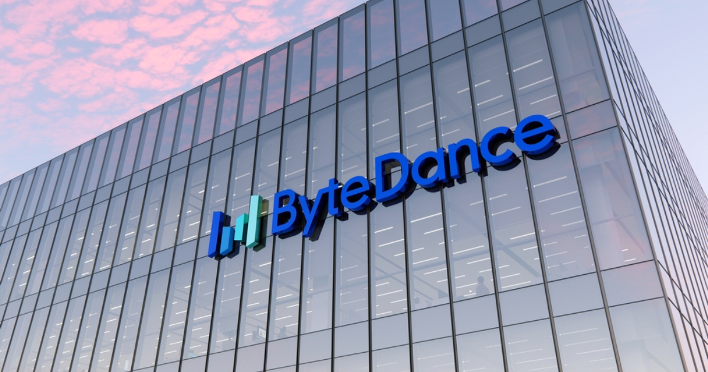Benefits of using Hospitality Scheduling Software
Improved scheduling accuracy
One of the biggest benefits of using rostering software is that it can help to reduce scheduling errors. By automating the scheduling process, managers can avoid double bookings, conflicts, and other issues leading to understaffing or overstaffing. Additionally, the software can consider factors such as employee availability, skills, and preferences, ensuring that the right staff members are assigned to the right shifts.
Enhanced communication
This software can also improve communication between managers and employees. By providing real-time updates on scheduling changes and allowing employees to access their schedules remotely, the software can help reduce miscommunications and ensure everyone is on the same page. This can be especially helpful for remote teams or businesses with multiple locations.
Increased efficiency
Rota software can also help increase efficiency by automating many tasks associated with staff scheduling. This can include generating schedules based on preset templates, automatically sending out shift reminders, and allowing employees to swap shifts with each other. By reducing the time and effort required for scheduling, managers can focus on other important tasks, such as training, customer service, and inventory management.
Better staffing decisions
Finally, rota software can help managers to make better staffing decisions by providing data and analytics on employee performance, attendance, and other metrics. By tracking these metrics over time, managers can identify trends and make informed decisions about allocating staff resources. This can be especially valuable for businesses with seasonal fluctuations in demand or looking to optimise their staffing for peak periods.
How does Hospitality Scheduling Software help?
At its core, scheduling software is designed to help managers create and manage employee schedules more efficiently. Some of the most common features of hospitality rota software include:
- Schedule creation: Rota software typically includes a drag-and-drop interface that allows managers to create and edit employee schedules quickly and easily. Schedules can be created based on preset templates, and managers can easily view schedules by employee, location, or shift.
- Employee availability management: Many scheduling software tools include an employee availability feature that allows employees to indicate their preferred shifts and availability. This can help managers to assign shifts more effectively and reduce the likelihood of scheduling conflicts.
- Time and attendance tracking: Rota software may include time and attendance tracking features, such as clocking in and out, time off requests, and overtime tracking. This can help managers ensure that employees are working the correct number of hours and being paid accurately.
- Reporting and analytics: Many rostering software tools include reporting and analytics features that allow managers to track employee performance, attendance, and other key metrics. This can help managers to identify trends and make informed decisions about staffing and scheduling.
In conclusion, hospitality rostering software can be a valuable tool for businesses in the hospitality industry. Managers can save time, reduce errors, and improve communication with their employees by automating many tasks associated with staff scheduling. When choosing a scheduling software solution, be sure to look for one specifically designed for the hospitality industry, is easy to use, and integrates with your existing systems. With the right software in place, you can streamline your staff scheduling processes and improve the overall efficiency of your business.
Check also;
- Software Defined Wide Area Network Guide – Ask The Right Questions
- How Does The Print Workflow Software Help The Print Industry?
Please use the button below to contribute to Newslex Point, Inc. using a credit card or via PayPal.

 Newslex Point News in Uganda, Uganda news
Newslex Point News in Uganda, Uganda news












